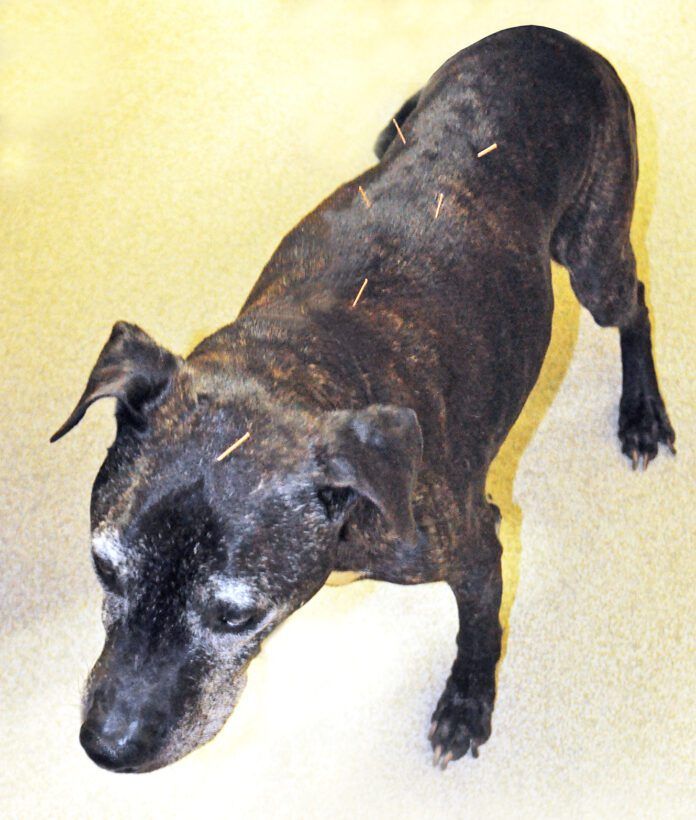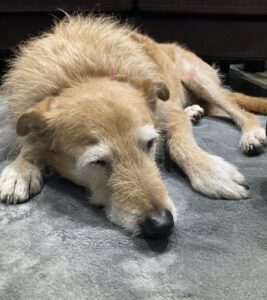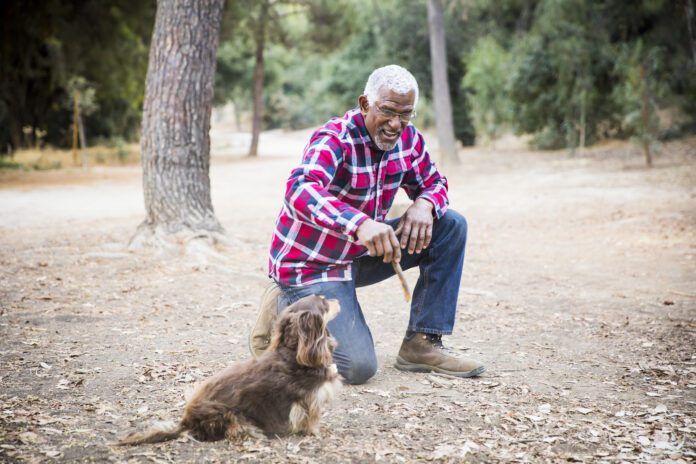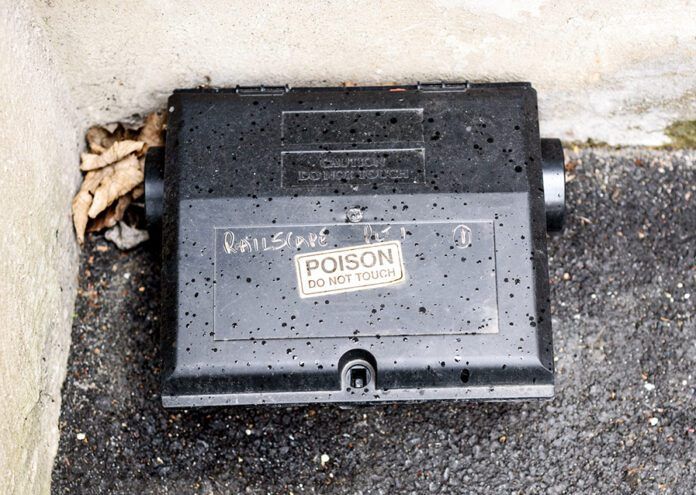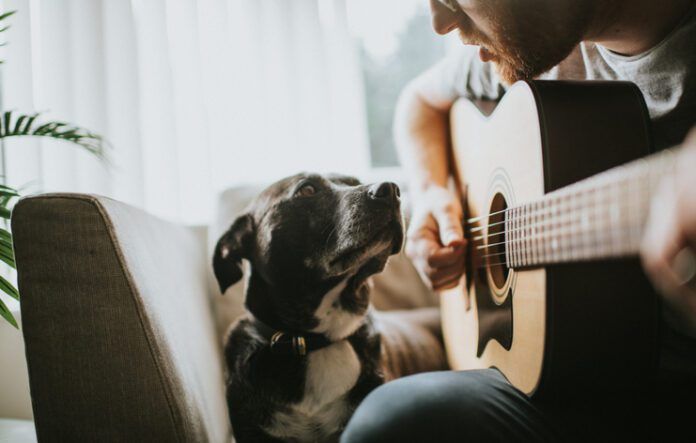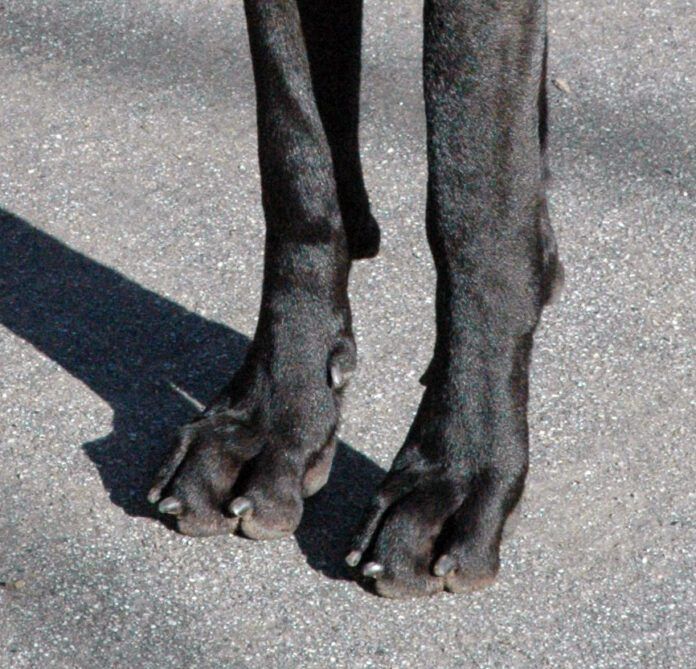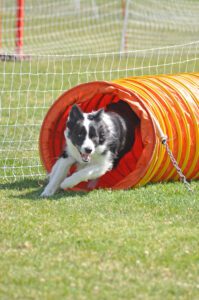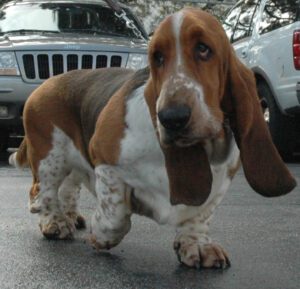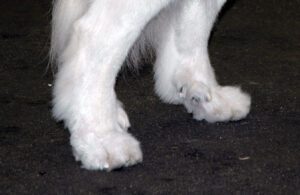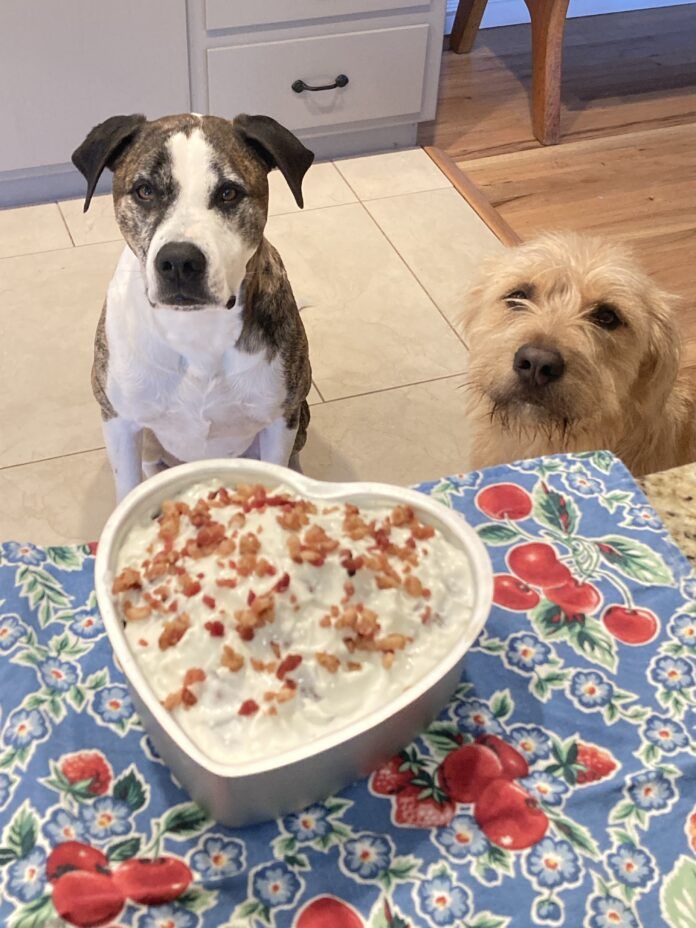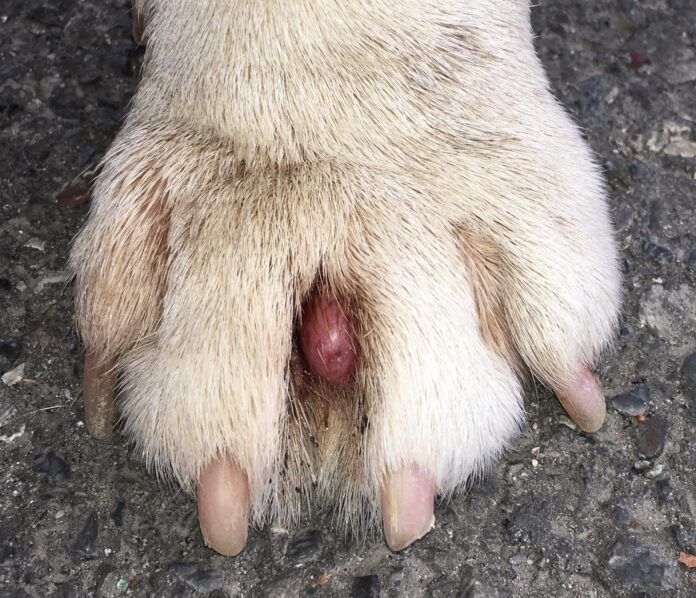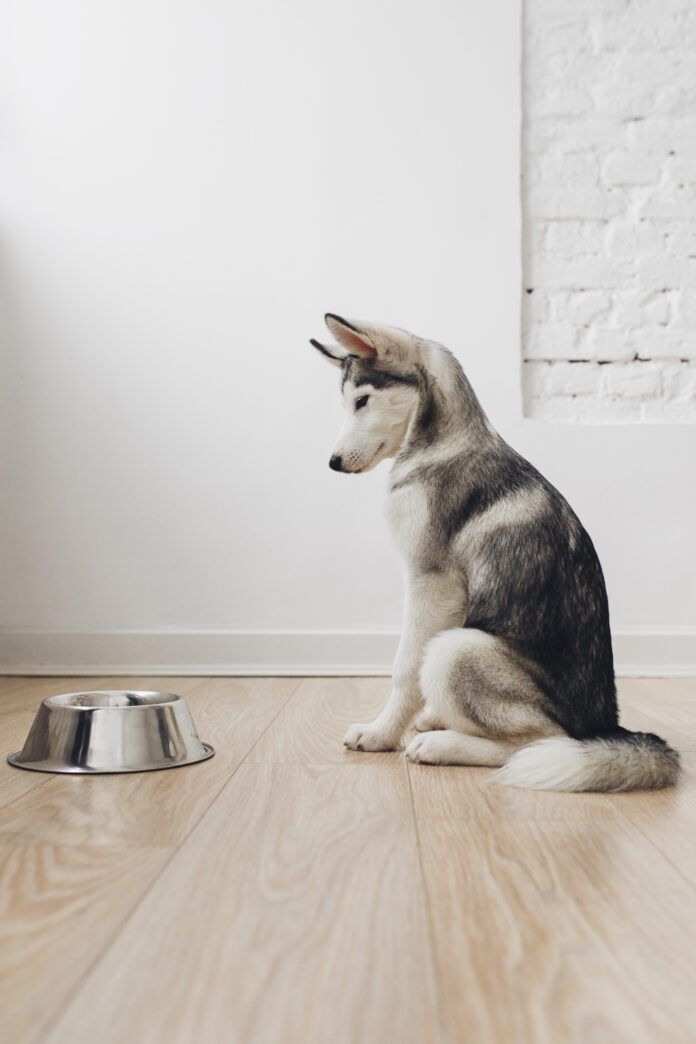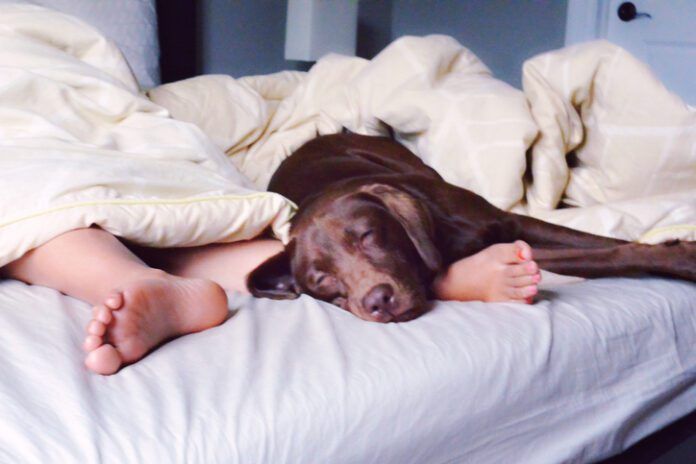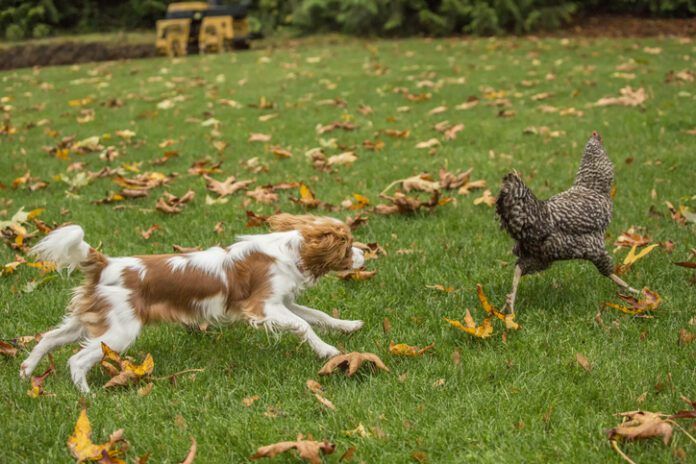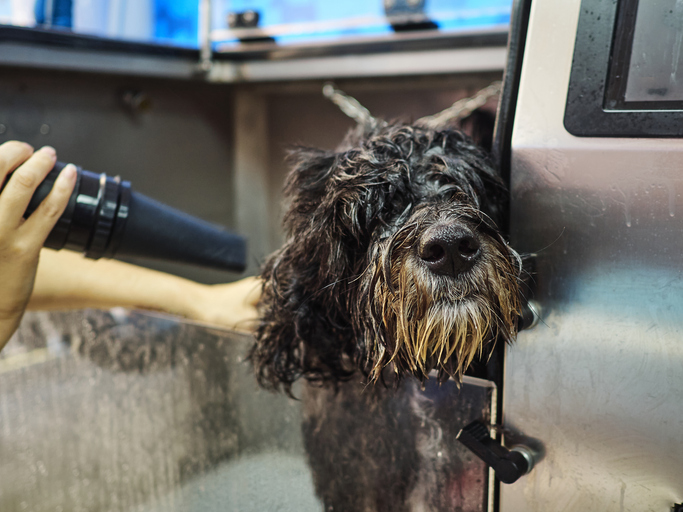Most of us who walk with our dogs dread this scenario more than almost any other: You’re walking on the sidewalk with your well-behaved, beloved canine companion, when suddenly you see an off-leash dog rapidly approaching, no human in sight. It’s even worse if the approaching dog appears aggressive, with his hackles raised, clear tension in his body, and giving you and your dog a hard stare. What should you do?
First and most importantly, keep your cool. If you panic, you’ll stress your dog as well, and make an aggressive encounter even more likely. Breathe.
Then quickly review the options that you’ve prepared for in case of a loose-dog event. Select the most promising one for the current circumstances, and take appropriate action. Oh, you haven’t already created an action plan? Time to do so!
A Loose Dog Action Plan
Depending on your dog and the circumstances you have a variety of options to choose from to keep the two of you safe from the approaching off-leash dog:
- Safe haven. This is especially useful if you regularly walk the same route(s). As you walk, scope out possible escape routes for future reference, such as fenced yards with a handy not-locked gate, dog-friendly places of business, or enclosed storage areas with accessible gates.
If you’re near one of these havens, just calmly step into it and close the gate behind you, shutting the loose dog out. (If it’s a fenced yard, make sure there’s no loose dog in the yard first!) Now wait for the other dog to get bored and go away, or for his human to catch up with him. Alternatively, pull out your cell phone and call Animal Control!
If there are no handy safe spaces, you may be able to duck behind a nearby vehicle (or hop up in the back of a convenient pickup truck with your dog). If the loose dog isn’t intent on mayhem, putting yourselves out of view or out of reach might be enough to convince him to continue on his way. And, being in the bed of a truck gives you a height advantage, making it easier to fight him off if necessary.
- Have some treats! If the approaching dog is just a nuisance and not really intent on mayhem, you might toss several handfuls of your always-handy high-value treats and make the escape with your dog while the loose dog scarfs up the windfall. Your “Walk Away” cue is useful here (see “How to Teach Your Dog to Just Walk Away,” Sept. 2018.)
- Use deterrents. While I never advocate using aversives in your training program, I fully support their use in emergencies. If you regularly walk your dog in places where you might encounter loose dogs, be ready to:
- Stomp and yell. A fair number of dogs will turn tail and run if you flap your arms and stomp your feet at them and assertively, loudly, and repeatedly say “Go home!!” (Note: If you plan to do things that have the potential to scare your own dog, you’ll need to do advance prep work with her – such as counter-conditioning – so she anticipates yummy treats and doesn’t get frightened when you act weird.)
- Use a chemical repellent spray. “SprayShield,” (a strong citronella spray formerly known as Direct Stop) and Halt! Dog Repellent and Red Sabre (both made with capsaicin pepper spray) are three dog-attack defense products. They’re not appropriate for regular training, but they can save the day in an emergency. While all contain chemicals that irritate eyes, capsaicin sprays are definitely more irritating with more potential to damage eyes. Also, you may get spray in your own and your dog’s eyes, and in some cases the spray may only anger the approaching dog more.
- Use something to physically protect yourself. If you carry a walking stick, you can use it against any canine attackers. An umbrella will serve the same function as a stick, and you can startle an approaching dog by pushing the button to pop it open, then use the umbrella to shield your dog from view. Remember to condition your own dog to the umbrella popping open so she’s not frightened if/when you use it.
- Use an air horn. A blast from a marine air horn is very loud and can be quite off-putting to a canine space-invader. It can also serve to alert other humans in the area that you need help. As with the “stomping and yelling” technique, make sure you counter-condition and desensitize your dog to it first.
- Hide your dog (use body-blocking). You can be your dog’s shield. Teach her a “Get behind me!” cue, which means to step behind your legs and sit quietly, preferably without peeking out. Then block the other dog from contacting her.
Instead of picking up your dog, I urge you to utilize any and all of the measures listed above to keep your small dog safe, and consider picking her up only as a very last resort.
- Let the dogs meet. This is my least favorite action, and I don’t generally recommend it, since it puts your dog at significant risk. However, if you have a very dog-friendly dog, and the approaching dog is obviously soft, waggy, and affiliative, you could let it happen. If a fight does break out, you can try using deterrent spray to break it up and hope there’s another human nearby to help you untangle dogs.
Be Safe When an Off Leash Dog Approaches You
I’m a huge fan of “err on the side of caution.” We hope you never have to use them, but it’s smart to be armed with the tools and knowledge to protect yourself and your dog from loose dogs. Don’t be afraid to use them if or when the time comes!
Of course you’ll want to get immediate veterinary care for any wounds your dog has suffered and report the incident to Animal Control. But what about the mental and emotional injuries? If your dog wasn’t already dog-selective, she’s likely to be worried – and perhaps even defensive – about any unknown dogs now, perhaps even those she was previously friends with.
Take things slowly. If you have other dogs are home, do careful re-introductions when you bring her back from the vet. (See “How to Safely Introduce Your Dog to Other Dogs,” WDJ December 2020.) Hopefully she’ll recognize and be comfortable with her own canine family members, but until she’s fully healed you’ll need to be sure they don’t try to play with her and inadvertently cause pain from her injuries. If she’s wary even of her housemates, you’ll need to start your modification program right there at home.
Gradually bring her into the presence (on leash) of other dogs she’s familiar with and see how she acts. Then do the same with dogs who are new to her. If at any point in this process you see wariness, fear, or even aggressive/reactive behaviors that she didn’t show before, you’ll need to do behavior modification to restore her comfort level with other dogs.
Counter conditioning and Constructional Aggression Treatment (CAT) are both excellent protocols that can be useful for this – and you may want to engage the services of a qualified force-free behavior professional to help you help your dog through this challenge. For more information, see “Counter-Conditioning and Desensitization,” June 2012, and “Constructional Aggression Treatment (CAT) Can Improve Behavior,” December 2009.



